|
Recently we have been focusing on kids and how to keep them learning during the summer while still having fun. Now it's time to help teachers begin planning for a new school year while not getting too stressed out. Here are some back to school tips that hopefully will help you to start the new year refreshed and ready to go but still allow you to enjoy the remaining days or weeks of summer break. 1. Keep the good parts and change the other partsTake what you've learned in previous years and include the good parts in your teaching and change up the parts that didn't work well. Reflecting on past successes can be incredibly rewarding. Perhaps you introduced a new interactive activity that captured your students' imaginations and helped them grasp a difficult concept. Or maybe you developed a unique technique that motivated them to engage deeply with the material. These successes are the building blocks of your teaching philosophy, and it’s essential to carry them forward. By identifying and replicating these effective strategies, you can create a more engaging and effective learning environment year after year. However, reflection also involves an honest assessment of what hasn’t worked. Every teacher has encountered lesson plans that fell flat, activities that failed to engage, or assessment methods that didn’t quite measure up. These experiences, while challenging, are invaluable. They provide critical insights into what needs to change. Perhaps the pacing was off, the material was too complex, or the method didn’t align with your students' learning styles. Whatever the case, acknowledging these less successful aspects is the first step toward improvement. Adapting your teaching methods doesn’t mean starting from scratch. It involves thoughtful tweaks and adjustments based on past experiences. For example, if a particular instructional strategy didn’t resonate with your students, consider modifying it rather than discarding it entirely. Small changes, such as incorporating more visual aids, breaking down complex information into more manageable chunks, or integrating technology in new ways, can make a significant difference. 2. Change up your classroomConsider rearranging your classroom at the beginning of the year. A fresh layout can revitalize both you and your students, making the space feel new and inviting. Decorate with pops of color, inspirational messages, and designated special centers for various activities. This not only makes the classroom more visually appealing but also creates a sense of excitement and curiosity among students. Here are some calendar headers that might be helpful for you. Click on the image that works best for you. 3. Do some basic planning for the first weeksIn many districts, at least here in Canada, classes can be reconfigured after the school year begins based on enrollment numbers and budgets. This can cause some uncertainty about what grade you may end up with. Over planning and preparing for one group and then having it completely change in grade level or configuration can be very stressful, so I suggest that you do some basic planning for the first few weeks and hold off on the deeper concepts until the classes are settled. While waiting, plan basic lessons that work for both returning and new students. These foundational lessons can help ease everyone into the new school year smoothly. 4. Decide on your must-have rulesClassroom management is necessary in order to have a respectful and caring classroom environment. There are many different aspects to this and many are determined by your teaching style and your classroom dynamics. Decide on your must-have rules and classroom management strategies. Establishing clear expectations from the outset helps create a structured and respectful learning environment. Some of your rules may be non-negotiable, but many can also be determined as a class community. 5. Take brain breaks and movement breaksIncorporating brain breaks and movement breaks while planning and setting up your classroom is crucial. Just as kids need to have breaks during to day, so do you. These breaks will improve your productivity. Continue to add in brain breaks as you do things throughout the year as well. These breaks are important for your well-being and they model the importance of this for your students as well. 6. Consider your curriculum goals for the yearAs you set up your classroom, also consider your curriculum goals for the year. Start brainstorming ideas for how to implement them, ensuring that they are both ambitious and achievable. Plan a basic schedule that includes a mix of academic and social-emotional learning (SEL) activities. This balance is essential for creating well-rounded development in your students. Remember, this schedule can and should be adjusted as needed to respond to the changing needs of your classroom. 7. Take time for self careMentally preparing yourself is just as important as physical preparations. Take time to relax, practice mindfulness, and engage in activities that reduce stress. This mental preparation helps in maintaining a positive outlook and resilience throughout the school year. It's essential to take care of yourself during this busy time. A well-rested and healthy teacher is more effective and more capable of handling the demands of the school year. As you prepare for a new academic year, embrace the lessons of the past with an open mind and a willingness to change. Consider some of the tips I've suggested and remember to take care of yourself. By doing so, you can create an engaging and productive learning environment that not only meets the needs of your students but also inspires them to reach their full potential. Related PostsIt's hard to believe that I retired 9 years ago. It seems like it was yesterday. I guess that is partly because I haven't totally left school. I still volunteer with small groups a couple of times a week. I was looking back recently and I stumbled on a post I wrote when I first retired. It's interesting to see that my thoughts haven't changed much since I wrote this post. Here is an updated version. Back To School: Reflect And Refresh There were four different things to reflect on: communication, organization, content, and big summer projects. Here are my thoughts from back then and any updates that I feel are important to add. CommunicationThen: This is very important at all times, but at the beginning of the year it is important to create relationships and help new students and their families feel comfortable about sharing with you. Even though I won't have my own class this year, it is still important. It will also be necessary for me to maintain communication with the staff so that I can stay on top of what is happening around the school. Now: As I continue to work with students needing extra support, it will be important to make a relationship with them and let them know that they are in a safe place where they can ask questions and get extra practice. Connecting with the teachers and making sure that we are clear on what they would like me to help the children with is key. Giving them updates and sharing successes and concerns with them is also going to be key to supporting the learning. OrganizationThen: This summer my organization took a different emphasis. I had to pack up and empty out my classroom. I had so much stuff that it took me a couple of weeks to do so. I gave lots of my material to other teachers that are just starting out, recycled and threw away material that was too old or outdated, and brought home the rest. Then I had to sort through the material that I brought home so that I can access things easily when I need them later. Now: I still have many resources that I created and that are relevant for use today when volunteering. I have organized these by subject and I have a bookshelf at school where many of them are stored. I also have some of my hands on activities filed away here at home. I have always been a collector of kids books, so I have a large collection of book sets of different levels at school for when I do reading groups. I do use some of the school's materials, but not often. I have created guided reading book studies for many of the books, so I use those. When I need specific resources for different activities, I make copies from the resources that I have created. ContentThen: I am looking forward to creating materials for my colleagues. I will still be able to work with kids while trying them out in real situations. The content will be determined by the curriculum being taught by my colleagues and by their requests for materials. Now: Resources I use are based on the needs of the students I work with. I try to coordinate what I am doing with themes that the class is working on so that they support each other. If I make resources to use with the students, I often give a copy to the teacher as well. My Big Summer ProjectThen: I am hoping to develop more materials for my TPT store so that I can help to impact student learning even while retired. I am learning so much about how to improve the appearance of my products and my storefronts. It will be a big job, but I am excited to continue learning and improving. Now: This is still my hope, but with new changes to the TPT site, I am making more changes to the appearance and information about my resources. I plan to continue updating more resources and improving them. Well, there you have a then and now recap of my reflections and refreshments. I plan to continue to add more value to what I am creating and I will share this with you in future posts. For now, I hope that you are enjoying your summer and that you are taking some time to do some reflecting and refreshing as well. Here's a task card template that you may enjoy using for creating an activity while you are slowly transitioning from vacationing to planning mode in the next few weeks.
Stay tuned for some back to school tips and ideas for planning the first weeks of school. As we return to school after the Christmas break, it's like pressing the restart button each day. After the holiday excitement, students might be feeling a bit different, so it's crucial to begin each day with a positive attitude and a fresh start. Returning to school can bring out a mix of emotions Returning to school after the Christmas break can bring out a mix of emotions in children. Some children might express excitement, eager to share stories of their holiday adventures. For these children, providing opportunities to talk about their experiences, perhaps through show-and-tell or a simple sharing circle, can help them feel heard and valued. Some may be struggling with leaving the comfort of their homes and be anxious about returning to school. Taking a few extra minutes for a warm welcome, engaging in a comforting activity, or having a familiar item from home in the classroom can help ease the transition for these children. Others may not have had a positive holiday break and they may be reluctant to share their experiences with others. It may be difficult for them to listen to the stories others share about all the fun and exciting gifts they experienced. To help with this, teachers can do activities that avoid singling out individual experiences. For example, instead of having each student share their holiday stories, the class can collectively engage in an activity that allows students to share positive experiences that are not holiday-specific, so all children can contribute to a shared positive atmosphere. This approach helps to minimize discomfort for those who may not have had a happy holiday while still allowing others to feel included. By acknowledging and addressing these varied emotions, teachers can create a more empathetic and supportive atmosphere. Understanding each child's unique response to the return to school enables teachers to tailor their approach, making the transition smoother for everyone. Revisiting classroom managementRevisiting classroom routines and classroom management strategies will help to set the tone for a successful start to the new year. Reintroducing classroom procedures ensures everyone knows what to expect. For example, practicing entering and leaving the classroom quietly, taking turns during discussions, and following the steps for group work provides consistency and helps create a stable and predictable learning environment. Engage in goal setting activitiesThe new year is also a great opportunity to engage students in goal-setting for the rest of the year. Children can set both personal and school-related goals. Personal goals may include becoming more comfortable with the classroom environment or making new friends. Teachers can foster a sense of belonging by organizing activities that encourage social interaction and cooperation. On the academic front, school goals can range from improving reading skills to mastering a challenging math concept. Teachers can support these goals by offering personalized learning activities, providing additional resources, and celebrating small achievements along the way. Teachers can periodically revisit these goals, discussing progress and adjusting strategies as needed. This process not only enhances academic performance but also contributes to the development of valuable life skills such as perseverance and self-motivation. Incorporating goal-setting into the classroom management strategy not only addresses individual needs but also promotes a positive and forward-looking atmosphere for the new year. As we navigate the post-holiday emotions, encouraging students to set and work towards their goals can be a powerful tool in creating a supportive and thriving learning environment. Focus on the positivesEmbracing a positive mindset means looking for the good things happening in the classroom. For example, we can start each day by sharing one positive thing that happened recently or acknowledge a student's effort in completing a challenging task. This positivity sets the tone for a happy and successful learning environment. When we notice students doing things right, let's celebrate those moments. We can use simple rewards, like tokens, warm fuzzy jars, or a chart for the whole class, to encourage positive behavior. Keeping a positive attitude, finding the good stuff, and cheering on positive behaviors will help us have a great time back in the classroom and a successful year ahead. Related PostsThe first weeks of school can be exhausting and overwhelming both for students and for teachers. It is important to make sure that these days are a mix of activities that help with the transition back into work mode, are fun and engaging, and also slowly reintroduce academic skills and concepts. One of the most important goals is to create a positive and engaging learning environment where your students feel safe and the classroom community is one of respect and caring for each other. Here are 10 activities to consider: 1. Icebreaker Activities: Plan icebreaker activities to help your students get to know one another and build a sense of community. These can include "All About Me" presentations, "Find Someone Who", sharing circles, or partner interviews. Encourage students to share their interests, hobbies, and goals for the school year. 2. Establish Classroom Rules: Collaboratively develop classroom rules with your students. Discuss the importance of respect, responsibility, and cooperation. Create visual reminders of the rules and involve your students in creating a classroom rules display. 3. Name Games and All About Me Activities: Use name games and activities to help your students learn and remember each other's names. Play name games, create name tags, or use interactive name charts. Do activities that help them to share information about themselves. Create "All About Me" posters, collages, or shields. Try combining name acrostics with interests. 4. Daily Routines: Teach and practice daily routines and procedures, such as entering the classroom, morning routines, transitions, lining up, and using materials. Model and practice these routines to ensure a smooth flow of the school day. 5. Team Building Activities: Include team-building activities to encourage cooperation and collaboration. Assign the students group tasks or problem-solving activities that require them to work together and share ideas. This helps build relationships, create a supportive classroom community, and develop important social skills. 6. Classroom Jobs or Responsibilities: Introduce classroom jobs and allow your students to take on responsibilities within the classroom. Assign age-appropriate tasks such as line leader, librarian, or materials organizer. This encourages a sense of responsibility, promotes leadership skills, and helps them feel valued and involved in the classroom community. 7. Growth Mindset Activities: Teach and reinforce the concept of a growth mindset through activities and discussions. Help your students understand that their abilities can be developed through effort, perseverance, and a positive attitude. Engage in discussions about challenges, mistakes, and the power of "yet" (e.g., "I can't do it yet, but I will keep trying"). 8. Math and Literacy Centers: Set up math and literacy centers with hands-on activities that review or reinforce skills previously taught. These centers can include puzzles, manipulatives, sorting activities, or small-group games that focus on essential concepts. 9. Arts and Craft Projects: Plan arts and craft projects that allow your students to express their creativity and personalize their learning environment. This can include creating classroom banners, designing name tags, or decorating bulletin boards with collaborative artwork. 10. Brain Breaks: It is important to include energizing brain breaks throughout the day to help your students stay focused and engaged. These can include quick physical activities, stretches, or movement-based games that allow them to recharge their energy. Remember to create a balanced schedule that includes a mix of academic, social emotional, and community building activities during the first weeks of school. These activities will help your students feel connected, engaged, and excited about the learning journey ahead. They may also help lessen your teacher overwhelm and stress as you make connections and develop relationships with your students. Related PostsIt's that time of year again. Summer break is ending for some and nearing the halfway mark for others. Teachers are starting to gear up again and think about the new school year. School supplies are everywhere, back to school ads are appearing on the television and the teacher brain is going into overdrive. As hard as it is, it's important to try and keep relaxing and recharging so that you don't burn out before the year even gets going. Does this sound like you?• can't turn off teacher brain • wondering how you are going to do assessments • not finding enough time for planning • juggling setting up routines while keeping kids engaged • differentiating for range of ability levels • trying to make lessons fresh and engaging So many questions and worriesHow can I go on when I am so exhausted? How will I manage to assess everyone while keeping others engaged? What if the range in my class is too wide? I've been there. It is exhausting and at times overwhelming. That's why I have collected some of the different resources and activities that have been successful with my students and I've created The Ultimate Primary Teachers Ready To Go Kit. These resources and activities can make the beginning of the year enjoyable and less stressful for both you and your students. Returning to school after summer break isn't always fun for kids. They've been free to do different things without the structure of the classroom routines. Now they have to fit into set schedules, rules, and routines of a new grade and a new teacher. Engage your students from the very first day with dynamic activities and icebreakers. This kit features interactive games, team-building exercises, and activities that foster a positive classroom community. With the colorful posters and educational activities, you can set up an inspiring learning space that encourages curiosity and exploration. This comprehensive kit is designed specifically for primary teachers. Packed with a wide range of resources and activities, this kit is your go-to solution for start-of-the-year preparation, emergency sub plans, and engaging substitute teacher activities. From day one to those unexpected absences, it's got you covered! Check out what it includesClassroom management resources and ice breakers and some active games Posters and task cards as well as ice breaker tools and active games that will help you with your classroom routines and management to create a positive classroom environment. Back To School resources full of activities for the first weeks back These resources will give your students many different activities to do while you are trying to do assessments or trying to get to know your kids. Literacy activities for reading, writing, language development Reading for evidence, working with vocabulary and sounds, task cards for parts of speech and idioms, writing prompts are just a few of the activities here. Math review for basic operations, graphing, and measurement Basic math operations review, working with glyphs, and measurement games to get kids ready for more skills as they move on to more abstract concepts. Science posters, graphic organizers, and experiments to get the year started off right Positive self esteem activities and resources to create positive mindsets Get ready to kick off the school year with confidence and ease and ensure a successful academic year for both you and your students. Get The Ultimate Primary Teachers Ready To Go Kit today and experience the peace of mind that comes with being well-prepared! Not sure if you need the full kit? There are individual kits available as well. There is even a sampler kit for those who want to try just a few of the activities from each area. Check out my TPT store to find out more about the individual kits. If you are ready for a less stressful start to the year grab your ultimate kit now.
A new school year is fast approaching. As you plan for your best year yet, here are 10 things you might want to consider. 1. Classroom Setup and OrganizationCreating a welcoming and inclusive environment will support student engagement and collaboration. Planning the physical layout of your classroom, considering the arrangement of desks, bulletin boards, and learning centers, and organizing materials, supplies, and resources in an accessible manner will help. 2. Curriculum and Instructional PlanningIt is important to make sure you are familiar with the curriculum requirements for your grade level or subject area. This will help you to develop a scope and sequence, outlining the major topics, skills, and assessments for the year. Consider ideas for differentiating instruction to meet the diverse needs of your students and prepare a variety of engaging instructional strategies, resources, and materials aligned with the curriculum. 3. Establishing Classroom Procedures and ExpectationsKnow what your classroom procedures, rules, and expectations are and communicate these guidelines to students. Try to involve them in the process whenever possible. Set behavior expectations, rules for participation, and consequences for misbehavior. Developing routines for daily activities, transitions, and classroom management will help create a structured and positive learning environment. 4. Getting to Know Your StudentsGather information about your students' interests, strengths, learning styles, and individual needs. Consider using student interest surveys or icebreaker activities to learn about them and build positive relationships. You could also review student records, previous assessments, or reports from previous teachers. (Note: I try not to do this immediately as I want to form my own impressions first.) 5. Differentiation and Individualized SupportIdentify students who may require additional support or accommodations based on their learning needs, abilities, or backgrounds. Develop strategies to differentiate instruction and create individualized learning plans when necessary. Collaborate with other professionals, such as special education teachers or English language support staff, to ensure appropriate support for all students. 6. Parent and Guardian CommunicationIt is important to establish effective communication channels with parents and guardians. Introduce yourself, share your contact information, and explain your preferred methods of communication. Plan parent-teacher conferences or open house events to foster collaboration and provide opportunities for parents to share their insights about their child's strengths and needs. I find that parents can sometimes be your best background source of information on their child. They can give some insight into their life outside of school. I send home a "getting acquainted" form at the beginning of the year. You can get a copy for yourself by clicking the button below. 7. Assessment and Data CollectionDecide what assessment methods and tools you will use throughout the year to monitor student progress. Consider formative assessments, such as pre-tests, observations, or checklists, to gather baseline data and inform your instructional planning. Set up a system for organizing and analyzing student data to guide your instruction and identify areas for growth. 8. Social-Emotional LearningThe social and emotional well-being of your students is key to promoting a positive classroom culture, empathy, respect, and a sense of belonging. Plan activities or discussions and explore strategies to address potential challenges or issues that may arise, such as implementing morning meetings or incorporating social-emotional learning into your curriculum. 9. Professional Development and GrowthRemember to continue your own personal and professional growth. Reflect on your professional development needs and identify areas where you can further enhance your teaching practice. Seek out relevant workshops, conferences, or online resources to stay updated on the latest research and best practices in education. Consider collaborating with colleagues to share ideas, resources, and support. 10. Flexibility and Adaptability Recognize that each school year brings unique challenges and opportunities. Be prepared to adjust your plans and strategies based on the evolving needs of your students and the classroom dynamics. Embrace a growth mindset, remain open to feedback and collaboration, and be willing to adapt your teaching practices as necessary. By considering these aspects, you can effectively prepare for the new school year, set a positive tone in the classroom, and create a supportive learning environment for your students. Related PostsTeaching Outdoors In The FallIt's back to school time again, but that doesn't mean you need to stay inside the classroom. Get outside and enjoy nature, exercise, and fresh air before it is too wet or cold and inside recess becomes the norm. Science topics and ideas for outdoor studyFall is the perfect time for science lessons for outdoors. There are many science topics that can be covered including plant life cycles, the water cycle, and the effects of weather. Think of all the amazing questions you can investigate and discuss. Here are a few examples: Why is it called Fall? What causes the leaves to change color and fall off the trees? What are seasons? Why are there four? Why do we set the clocks back an hour in the fall? Fun Science Activities To Do1. Take a nature walk and collect leaves of different colors. Talk about the different shapes, sizes, and textures of the leaves. 2. Visit a pumpkin patch or apple orchard. Talk about how pumpkins and apples grow. Compare the different types of apples: some are good for eating, some for baking, and some for cider. 3. Rake leaves into a big pile and jump in! Then, use leaf blowers to blow the leaves into the air. Kids will love playing in the pile of leaves and learning about wind power. 4. Go on a scavenger hunt. Look for acorns, pine cones, rocks, and other objects. Talk about the different colors, sizes, and shapes of the objects you find. These are just a few ideas – there are endless possibilities for learning about science outdoors in the fall! So put on your jacket and get outside – it's time to learn! Take Math Lessons OutdoorsMath is another area that can be adapted to outdoor study. Think of all the data collection activities you can do. Comparing, contrasting, and classifying activities can be endless depending on what you choose to collect. You can even create glyphs for data collected. These could be follow up activities for outside lessons. For example: You could create a tree with leaves falling. The colors of the leaves, number of leaves left on the tree, shape of the leaves and number of branches could all represent different attributes of data collection. If creating a glyph is something you would like to try, grab my free glyph templates. Sign up for Diamond Mom's Treasury email list and get your free copy. More ideas and activitiesGeometry and measurement activities can also be done outdoors. There are many different shapes in our environment. A scavenger hunt or neighborhood walk would be a great way to find examples of the various 2D and 3D shapes. Area and perimeter are effective measurement activities to try outdoors. It could be fun to measure the school field, playground area, or the school building and then graph them. Many other subject areas could work well outside. Geography and mapping skills are some of my favorite. Check out this post for a few ideas for social studies outdoors. Many lessons can be tailored to any grade level and can be adapted to fit the needs of any class size. With a little creativity, lessons outdoors can be an enjoyable and educational experience for all. So hurry up, beat the inside recess rush, and get outside to learn. Related PostsThe Power Of Self EsteemPositive self esteem and a positive attitude is very important for success in life. I believe it can be a game changer for kids if they learn to value their self worth and uniqueness. Kids that struggle with their own worthiness, find it hard to care about others. Helping them feel good about themselves will build self confidence and set the tone for a more successful year. Lessons From Tigger And EeyoreAttitude has the power to change the way the day goes. Just look at Tigger and Eeyore. Although Eeyore is a lovable character, he see everything through dark clouds. It takes his friends to encourage him to try things out and find good in his world. Tigger is very happy go lucky and almost too bouncy and positive at times for his friends, but he sees the fun and excitement in everything and wants them to see it too. Imagine how it must feel for children to always see themselves as an Eeyore. “I can’t do anything right, I might as well not try because I am going to mess up. I’ve misplaced my tail again!” This won’t give them much incentive to try to do things or even imagine that life could work out well. “Tigger” children are game to try anything and don’t worry about the outcome. Excitement and fun is the focus Because of this, they keep going and trying even when it doesn’t work out the first time. We don’t have to be bouncing off the walls to have a positive outlook on the world, but it's important to see joy and not just negatives. Optimism lesson suggestionsDo a lesson on optimism and pessimism using the example of Tigger and Eeyore. Expand it to share a couple of scenarios with kids in different situations that show how a positive or negative attitude affects the outcome of the situations. Discuss ways to change the situations. Example 1: At the beach: One boy wants to swim to the dock. He talks about diving off the edge, playing water tag, doing flips and having fun. The other complains, "The water is too cold, I can't swim very well, it's too far, I'd rather stay on the beach and watch." Example 2: The teacher introduces a new game. Sally is excited and ready to play. She gathers all the necessary equipment and asks her friend Nancy to join her. Nancy is hesitant. She worries that she won't be any good at it. She can't remember all the rules. She creates roadblocks that prevent her from trying. Add in more activities and lessons about self worth, self confidence, and power words. This can make a huge difference to how students respond to each other and situations that arise in the classroom. The sooner we can help kids to see that they are unique and special, the sooner they will strive to be the best they can be. Their goal should be to improve themselves and not try to be someone else. A positive attitude is key. One of the sayings in my class was “Attitudes are contagious. Is yours worth catching?” This was a reminder for both the kids and myself that we need to check our attitudes and see if they are helping us to be successful. In a world where we are surrounded by negative, a positive attitude is even more necessary. It is our job as teachers, to help kids see that they are valued and important and that they have much contribute to the world around them. We also need to help them develop good team skills and support them if they slip up. If we provide them with the tools to be good team players they will soar in a competitive world, pick themselves up when they fall, dust themselves off, and continue on. They will accept the minor setbacks are part of growing, not failures and they will be able to move forward. Some Activities And ResourcesSuccess and Power words Bucket filling activities Acts of Kindness Optimist or Pessimist Task Cards I Am posters Name Acrostics Last time, I wrote about a strong classroom management plan. If you add a self esteem component to your plan, you will have a positive classroom environment and a more successful year. Remember attitude is everything. Focus on what is going right and build a caring and respectful class community with these two things. You've got this! Positive Classroom Management Strategies and Self Esteem Go Hand In Hand I would like to give a free set of the smiles/frown edition to any of my email subscribers. Related PostsChanging behavior in the classroom - Meet "Johnny"As I walk down the hallways of the school, my heart breaks when I see kids sitting out in the hall almost daily because they are being disruptive in the classroom. It brings back memories of a child I had a few years ago. It was the end of the first week of school and I met up with the mother of my new student "Johnny". I was surprised when I heard what she had to say. "This is the longest he has ever remained in the classroom." Red flags seemed to jump up all around me. What did she mean? What was I missing? I pondered this statement and decided I might want to investigate why she said that. I checked on his file to learn more. Start with a clean slateIt turned out that he had many behavior issues that made it difficult for him to remain in the classroom for the full day in his previous school. Because I don't read the files of new students right away, I was unaware of this. I just took any movement toward misbehavior and redirected it as I would with any other child. This is not to say that the behaviors weren't there, but they were not my focus. Since I didn't know his history, I hadn't formed an expectation of negative behavior and he was able to start with a clean slate. Does this mean that the behaviors had disappeared? No, but we found ways to lessen the frequency and degree of negative behaviors and increase the positive behaviors. The weeks and months progressed, and "Johnny" and I developed an understanding so we were able to interrupt potential behavior issues and make things work. This took some creative effort, but with the help of his classmates we were successful. Every day was a new day, so he learned that he could start fresh the next day if he messed up or needed time to self regulate and regain control. How did we make this work?I remembered a keynote speech from a couple of years earlier that promoted thinking about what is going right in a negatively charged world. It hit me that this could be a game changer. I began to focus on developing positive self-esteem and creating a class community based on celebrating successes. We zeroed in on what was going right and learned not to feed into the negative stuff. (More on this next time.) When "Johnny" didn't get attention for his negative behavior, it became less and less. Many of his behaviors were ways to distract others from seeing that he struggled with reading and writing or he didn't understand a concept or lesson. I suspect that some of this was because he missed key instructions and practice during the times when he was not in the classroom. He loved to share what he did know and this often meant that he would blurt out answers and interrupt others who were sharing if he made a connection to something they said. Instead of getting upset with him for this, I quietly reminded him that it was their turn and he could share when they were finished. Little things like this helped him to be able to participate in class activities and have moments to share his ideas. Differentiation and focusing on learning styles made a huge difference. Here are some of the notes from his report card. - creative thinker - enjoys nonfiction topics - enjoys sharing ideas - enjoys active lessons - very knowledgeable about his world - learns best orally - works best one on one One of the key ways we were able to help "Johnny" was to focus on what he could do and be his cheerleaders. His classmates were awesome cheerleaders for him and helped him to feel he was valuable and part of a special team. When he learned that he wouldn't be teased for his struggles with reading and writing and that he could have support with these areas, he was more willing to do the work. Scribing stories and writing words in an idea book helped to share his thoughts. He loved to share stories and adventures and the kids enjoyed hearing them. Because he felt accepted by his classmates, he worked harder to fit in and become a team player. His self esteem and confidence grew, he made friends, and he ended up having a successful year. The transformation was heartwarming to see. Ignoring negative behaviors and focusing on positive behaviors wasn't easy, and I had to intentionally control my emotions, bite my tongue, and not freak out at actions that had the potential to explode into very negative behaviors. But it paid off in dividends. So much so, he told his younger brother that he needed to be in my class because "Mrs. Sequeira gets us." (Little did I know at that time that his brother also had many behavior challenges.) I wish I could say that "Johnny" continued to build on this success and have a positive school experience, but it wasn't so. After all the work that was done during the year to work on being a positive, responsible member of the class, it seemed to unravel in the next couple of years. My heart sank as I saw him spending many days slumped on a chair in the hallway because he was too "disruptive" in class. I could see in his face as he looked down at the floor that he felt uncomfortable when I saw him out there. I guess other teaching styles didn't work well for him and he was unable to adjust to them and continue to be successful, so he reverted to his old behaviors. Changing my focusSadly, this is not the first time this has happened, and it won't be the last. I have seen several students over the years struggle to adjust to the different classroom situations. I have to admit, there were times earlier in my career when I had difficulty with some students and found it very hard to manage their behaviors in the classroom. As I did some soul searching, I discovered that it was my own classroom management skills and my understanding of kids and why they might be acting out or behaving in negative ways that needed changing. When I figured this out, my approach in the classroom became intentionally focused on nurturing positive self esteem, promoting optimism and a positive attitude, and developing self confidence during my first few weeks of school. Changing my focus to what was going right was a big shift that helped to create a more cooperative and caring class situation. Focusing on SEL (social emotional learning) and mindful behavior is key to developing a caring and respectful community which can work even for kids with challenging behaviors like "Johnny". Next time, I will give some specific tips and activities that help develop positive, confident kids and a cooperative and caring community. Get a free copy of this poster by signing up for my newsletter. Related PostsEngaging students to learnWhen students arrive back to school from summer break, the room echoes with excitement as kids reconnect with classmates. But that quickly fizzles when it is time to actually do some work. Groans can be heard and the grumbling starts. Some are happy to do the activities planned and others want to get outside and play or take out electronics and zone out. And so it begins. Kids are not always excited to return to school and start studying again. What can you do to engage your students and get them excited to learn after a summer break from learning? The answer to that question will be different for each person depending on their personality, experience, and classroom situation, but there are some things that could work for most teachers. Here are a few suggestions to get your kids motivated and wanting to learn the first weeks back at school. Take learning outsideKids have been enjoying the summer break and hopefully they have been spending time having fun outdoors. If you wish to keep them interested when they return to school, try to incorporate some outside activities during the day. These could be review activities, exploration, science activities, or maybe even body breaks and daily PE. I know that my students were eager to get outside and do hands on activities and it helped to make the transition back into school easier for them. Check out my blog post about taking learning outdoors for the fall for some specific types of activities. Community buildingHave you ever had a group of kids that were a challenge? Did you wonder if you would be able to get them to sit still, listen and cooperate? Building community is especially important with these types of situations. It is important to build respect and caring in the classroom. This can be encouraged by doing partner activities and group activities that help kids to meet their classmates and learn more about them. You may even need to add some specific classroom management systems. As you are figuring out where they fit in academically, you can start doing games and activities that foster teamwork and respect. Activities that foster positive self esteem and help to develop self confidence could also be a focus. Focus on developing positive self esteemBeginning the year with activities that focus on positive self esteem and classroom management will ensure that children have the tools for a successful year. There are many different ways of creating a caring and positive classroom. It is important that you choose what works best for you. I always start out with teaching about optimism and a positive attitude. I also use bucket filling activities and acts of kindness as a focus. Here is more about what I tried in my classroom to develop positive self esteem and help kids blossom and display increased self confidence about themselves. Move, move, moveJust like teachers, kids are tired at the beginning of the year as they start up new routines and stay in class for several hours. Incorporating movement and organizing classroom activities for transitions will help keep kids energized so that they stay focused and alert. Games and body breaks work well to keep kids active. Doing hands on activities and partner games also work well. Rules and routinesKids are creatures of habit as well as adults although they may not be aware of this yet. When you give students routines and schedules to follow, you can help them regulate and focus on daily and weekly expectations. With pre-planning and teaching for when unexpected events and situations happen, we can help them avoid meltdowns. Create classroom rules and establish routines that work for your students. Depending on the age of your students, you can take their ideas into consideration and create the rules together. This is a great community building activity as well. Here is a set of routine and schedule cards that I created that may be useful for the classroom. I have made them in both English and French. You can get a free copy by clicking on the image. First week back activitiesWhen selecting activities for the first week of school choose a mix of fun activities that review concepts and skills from the year before to ensure that they are not lost somewhere in distant memory after a summer of no school and that they will be able to use them to build on for new concepts and skills to be taught. We have all probably experienced the situations where kids stare blankly at us as if they had never heard of the subject before. If you get your previous students back for the first few days, you will want to ensure that they are doing something that is not a direct repeat of the previous year. It can be similar, but they will respond better if it is varied and approached from a different angle this year. You may have new students in your class as well. They will need to be able to handle the material given as well. They won't be familiar with your teaching style yet, and they may or may not have covered the same material last year, so there will need to some differentiation and extra support in certain cases. If you are looking for some back to school activities, check out my back to school category. These activities are geared to primary and cover some basic math and language skills. I hope these ideas help to make your school year start up successful. Have a wonderful year. Related Posts |
About Me Charlene Sequeira
I am a wife, mother of 4, grandmother of 9, and a retired primary and music teacher. I love working with kids and continue to volunteer at school and teach ukulele. Categories
All
|
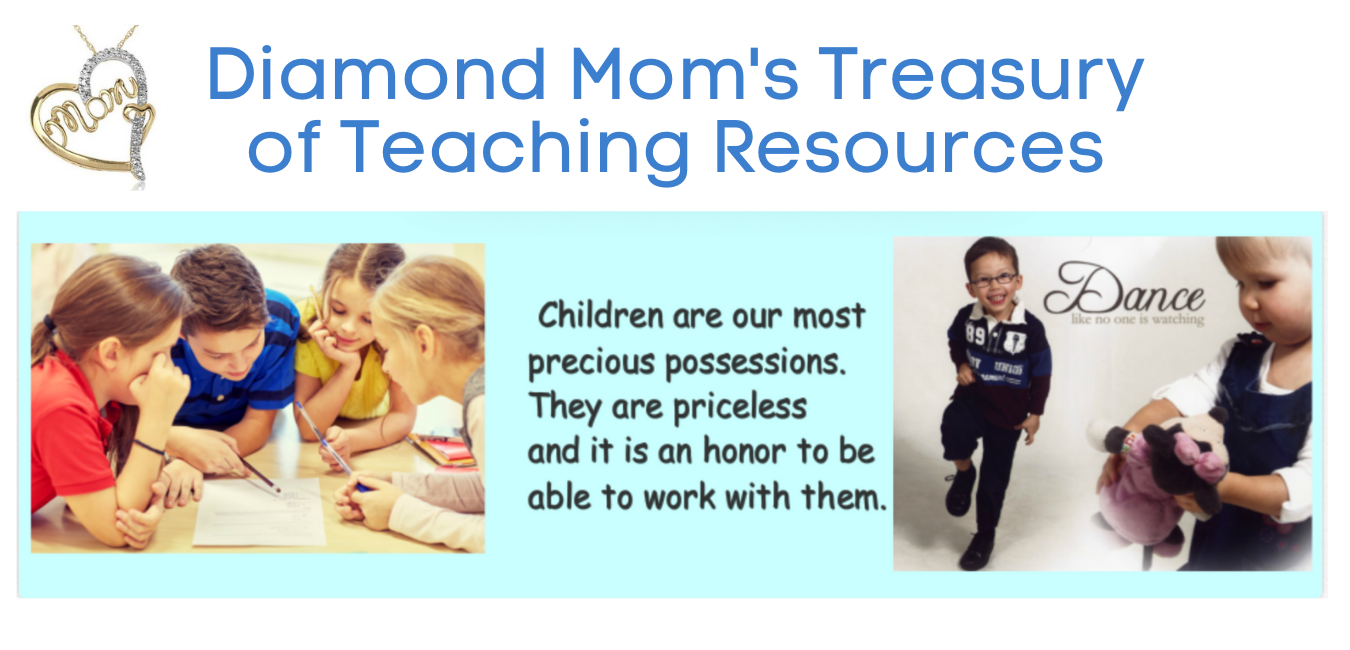










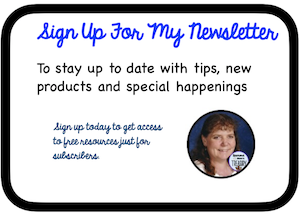
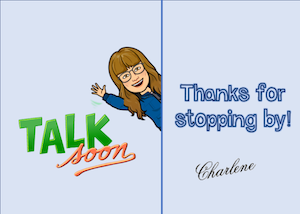










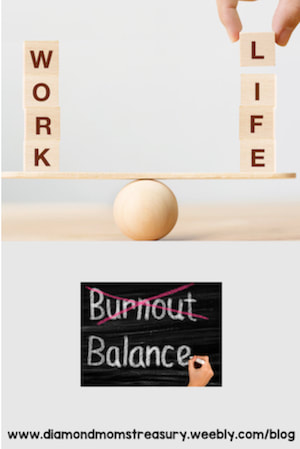
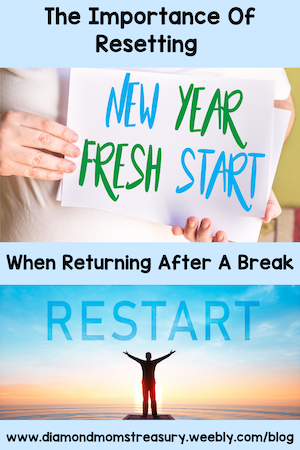
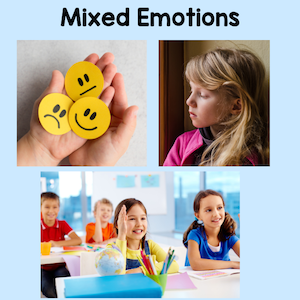
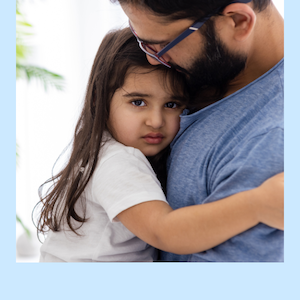
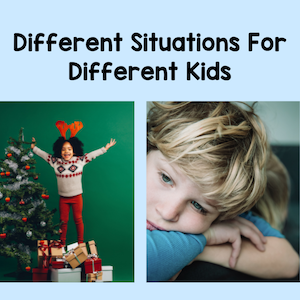
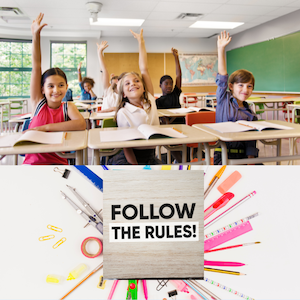
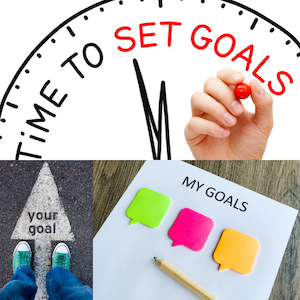
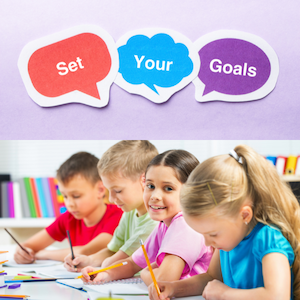
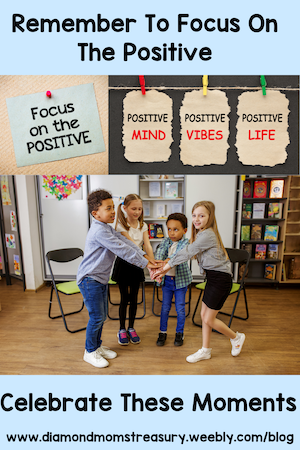
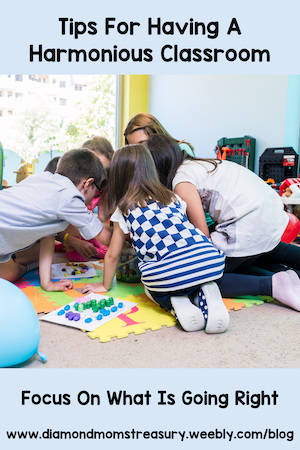
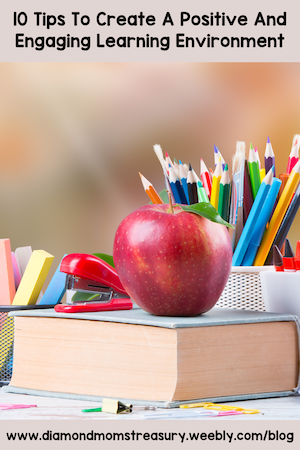
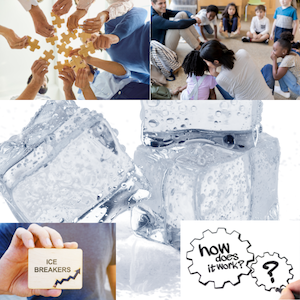
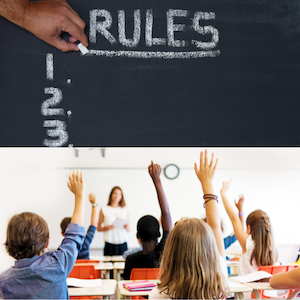
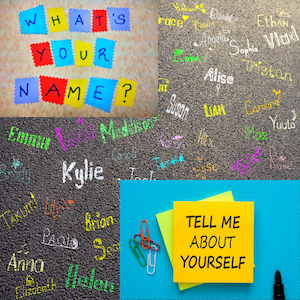
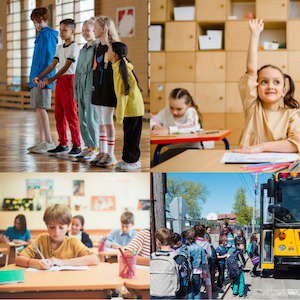
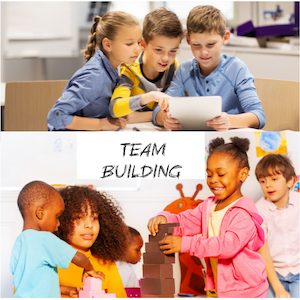
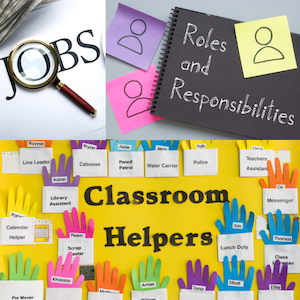
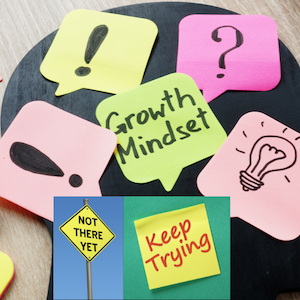
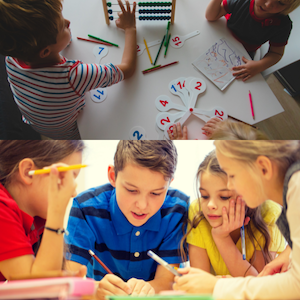
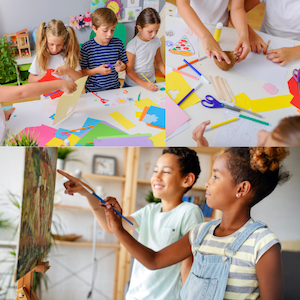
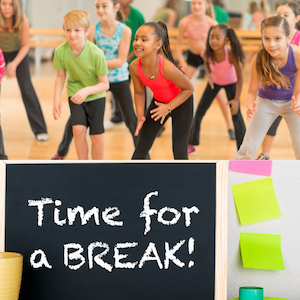
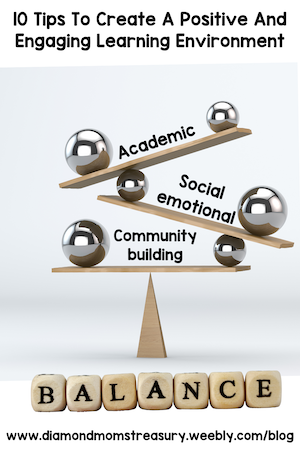
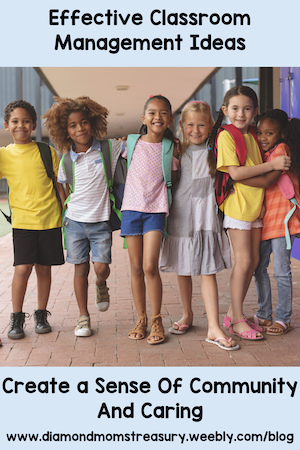
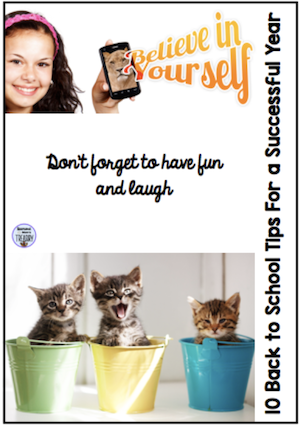
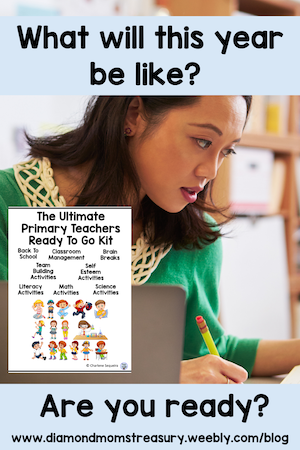
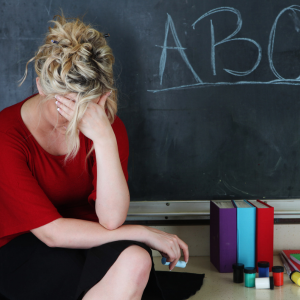
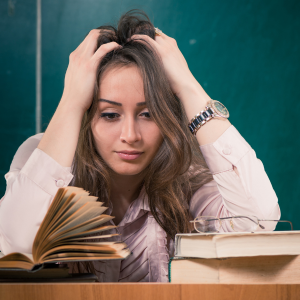
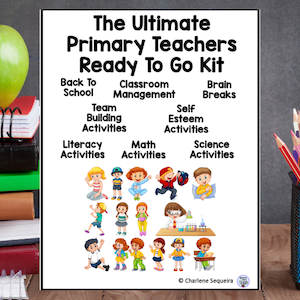
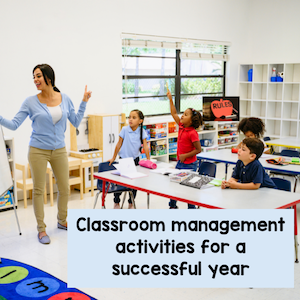
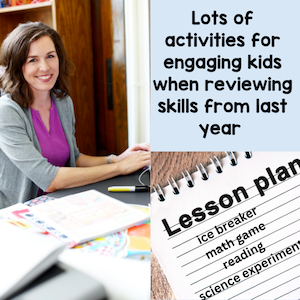
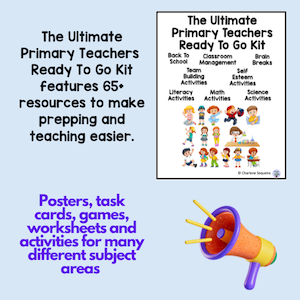
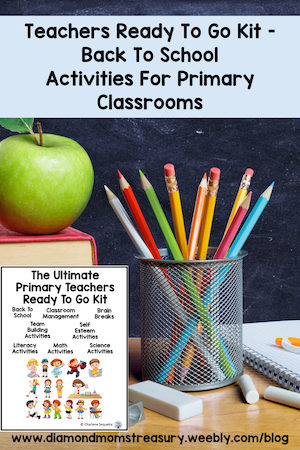
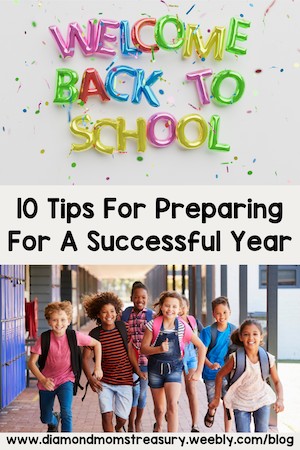
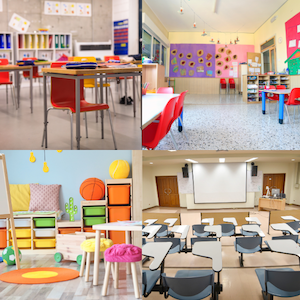
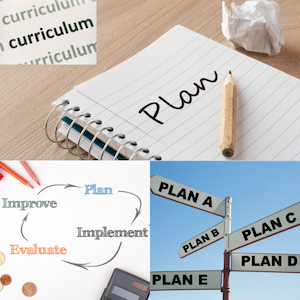
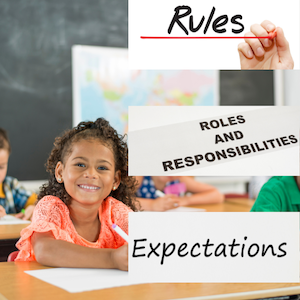
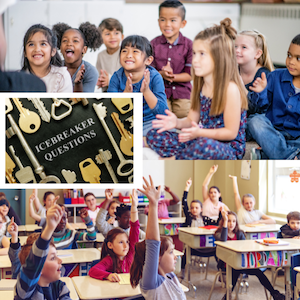
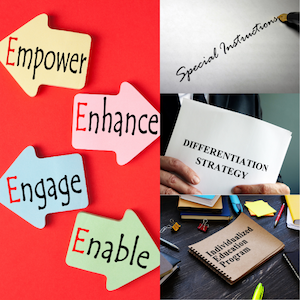
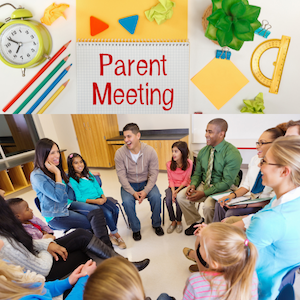
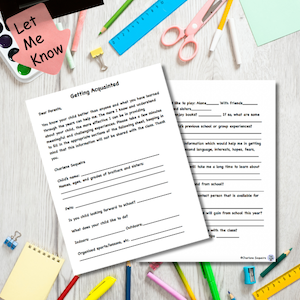
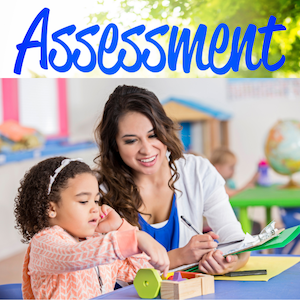
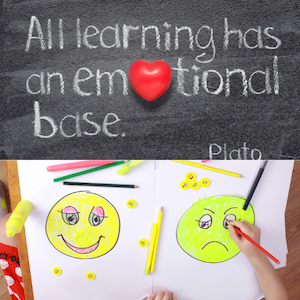
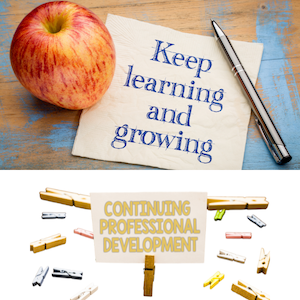
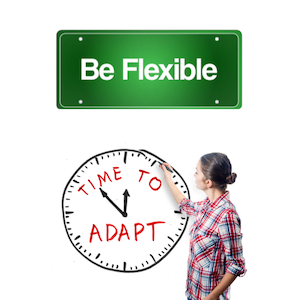
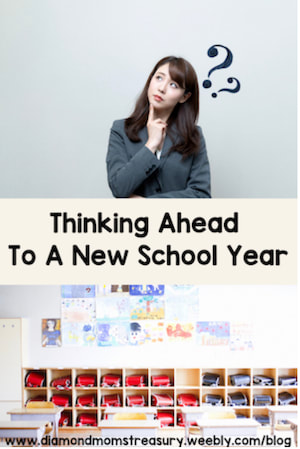
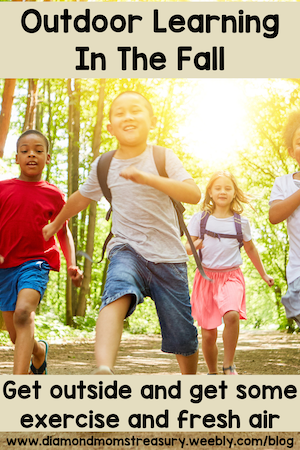
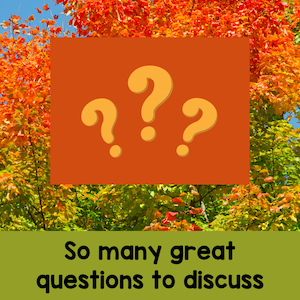
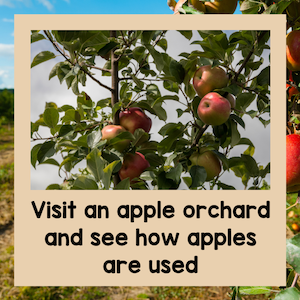
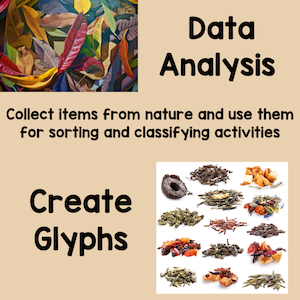
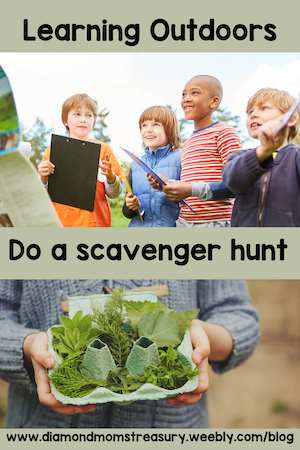
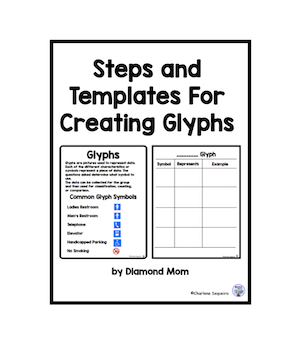
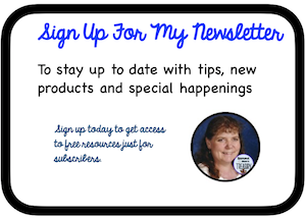
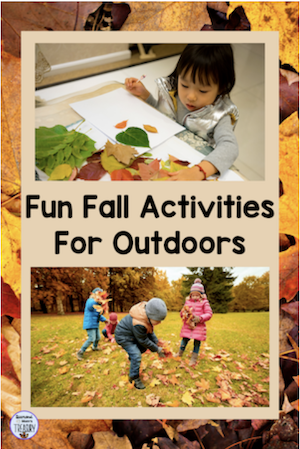
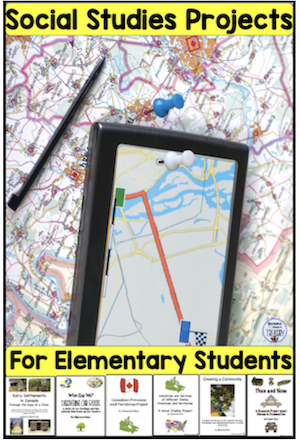
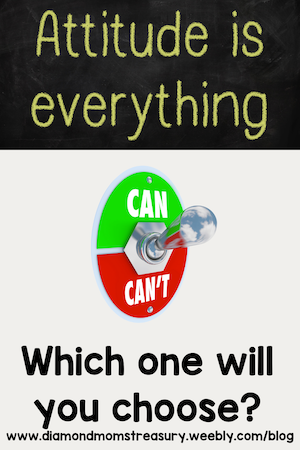
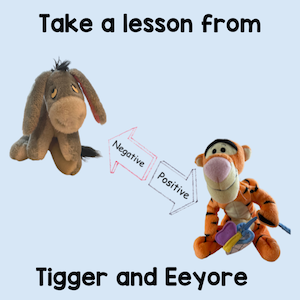
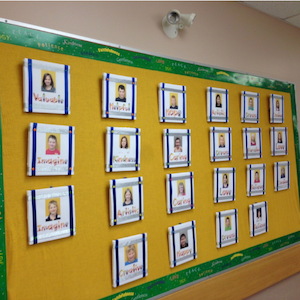
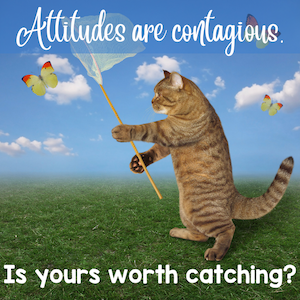
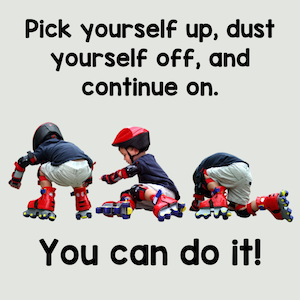
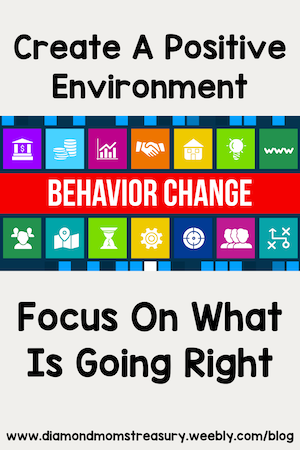
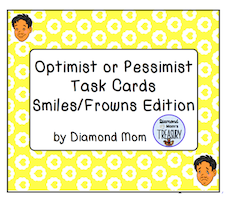
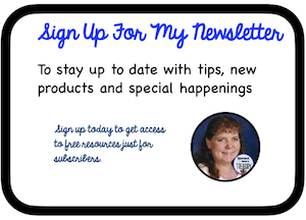
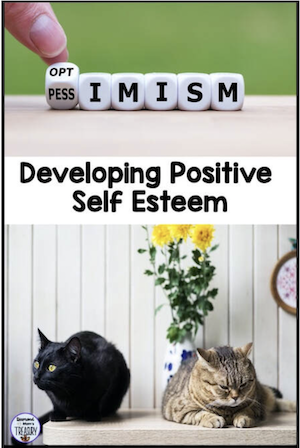
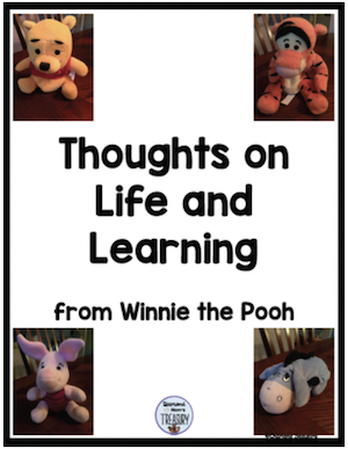
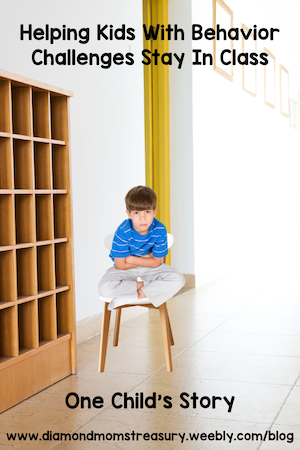
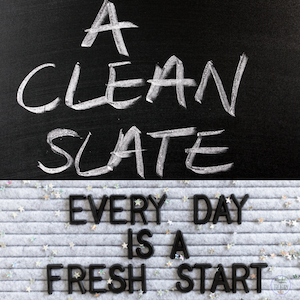
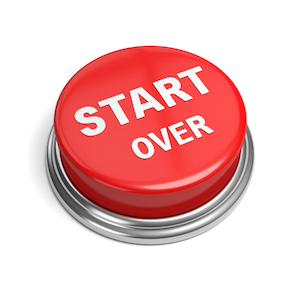
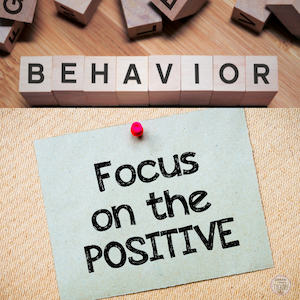
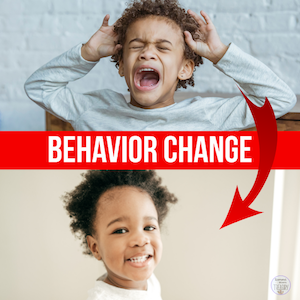
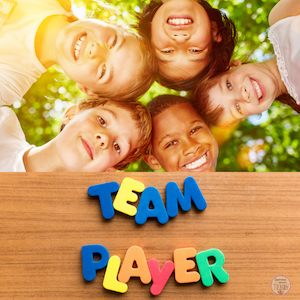
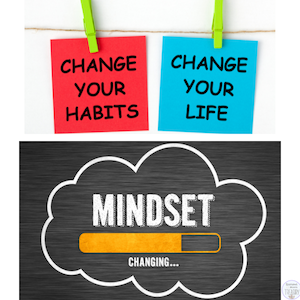
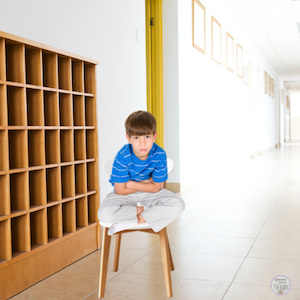
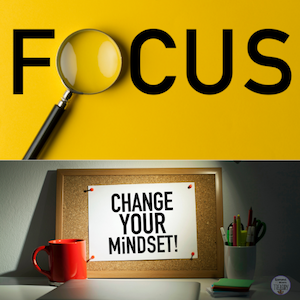
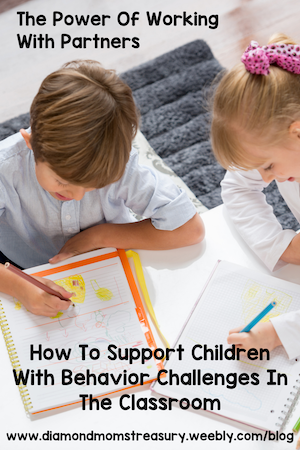
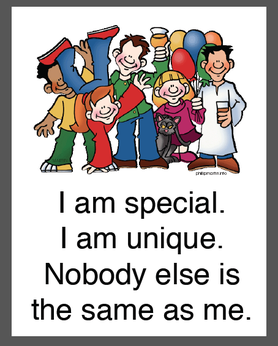
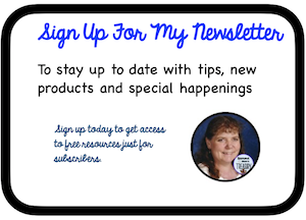
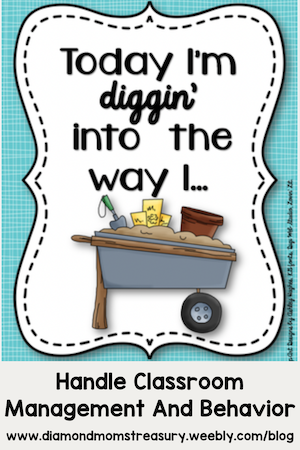
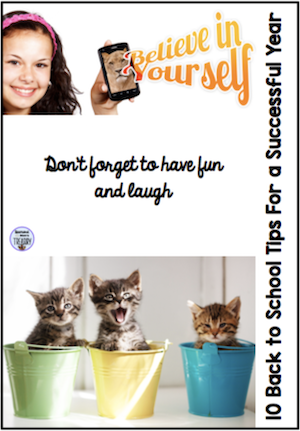
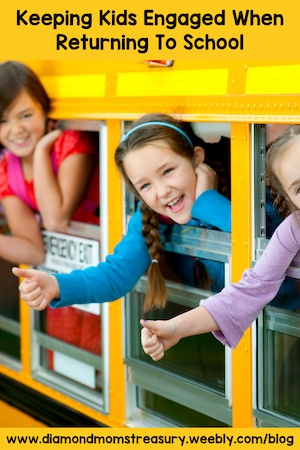
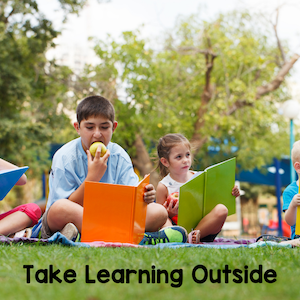
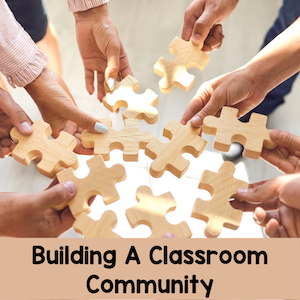
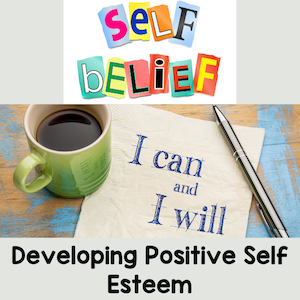
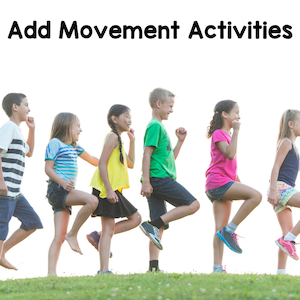
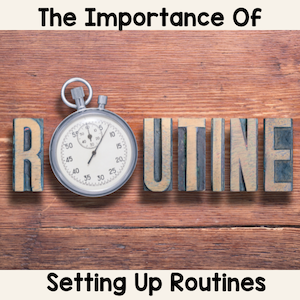
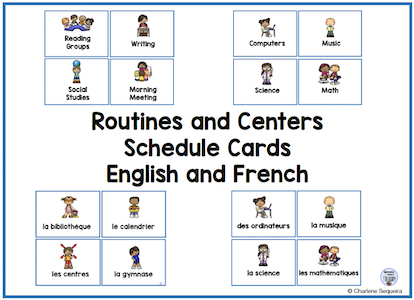
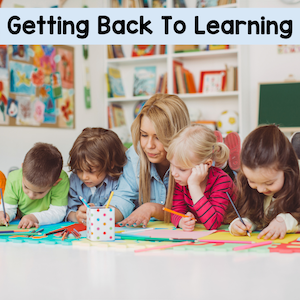
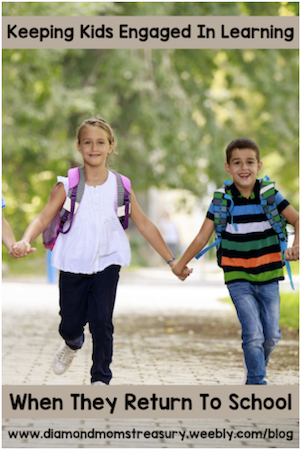
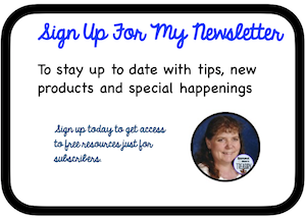
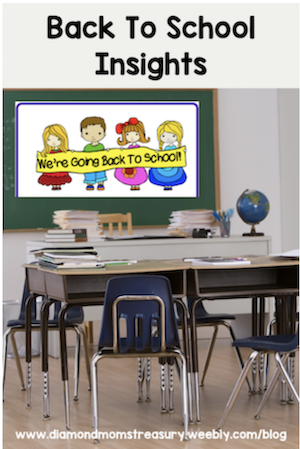
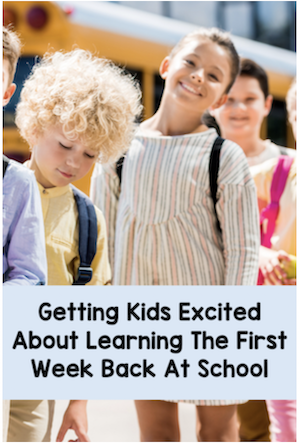
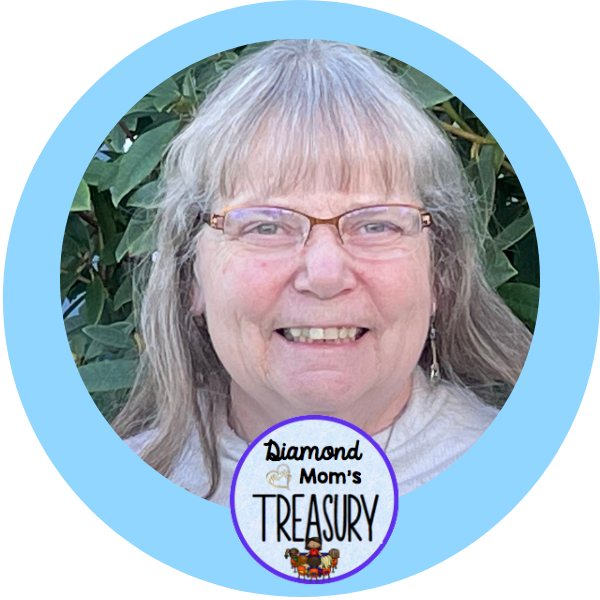

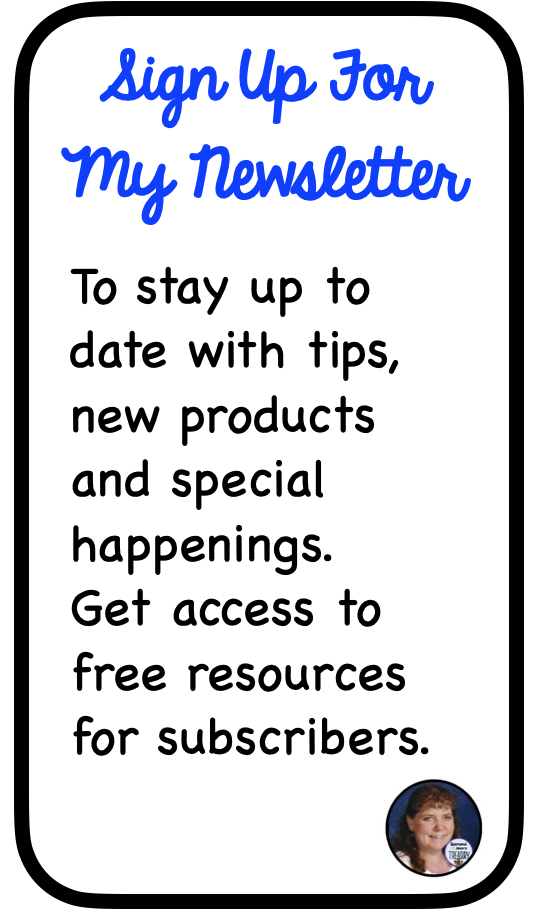
 RSS Feed
RSS Feed